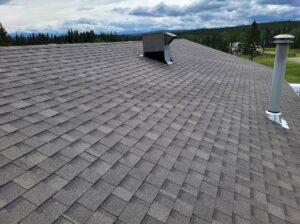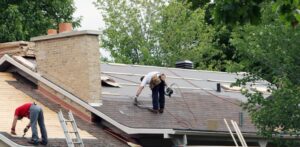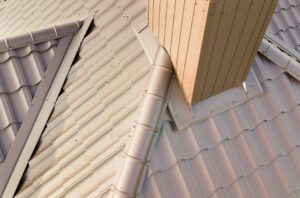Roofing might seem straightforward—nail some shingles down, seal the edges, and call it a day. But in reality, a roof is a complex system of materials and components that all work together to protect your home or building. Even small missteps during installation or maintenance can result in major problems down the road. At Mountaintop Roofing Inc., we’ve seen it all—and fixed it all—across Calgary and southern Alberta.
Whether you’re tackling a roof repair, considering a full roof replacement, or planning a new build, understanding the most common roofing mistakes can save you from expensive damage and unnecessary stress. This guide breaks down the errors we see most often and offers insight into how to avoid them.
Poor Roof Ventilation
One of the most overlooked issues in roofing is improper ventilation. Your roof needs to “breathe” to allow hot air and moisture to escape from the attic. Without adequate airflow, your roof system can suffer from:
- Condensation buildup, leading to mold and mildew
- Shingle deterioration due to trapped heat
- Ice dams in winter, which occur when warm air melts snow that refreezes at the eaves
Proper ventilation includes both intake vents (typically soffits) and exhaust vents (like ridge or turbine vents). Roofing codes and guidelines like those provided by the National Research Council of Canada emphasize the importance of well-balanced ventilation systems in climate zones like Alberta’s.
Incorrect Shingle Installation
Improper shingle nailing is a top cause of roof failure. Nails that are overdriven, underdriven, or placed in the wrong location can allow wind, rain, and snow to get under the roofing layers.
Common Shingle Errors Include:
- Nailing above the nailing strip (weakens wind resistance)
- Too few nails per shingle
- Not staggering seams properly, leading to water pathways
- Using roofing staples instead of nails, which are not recommended for high-wind areas like Calgary
Shingle warranties are often voided if installation guidelines aren’t strictly followed. That’s why it’s essential to work with certified contractors who understand product-specific installation protocols.
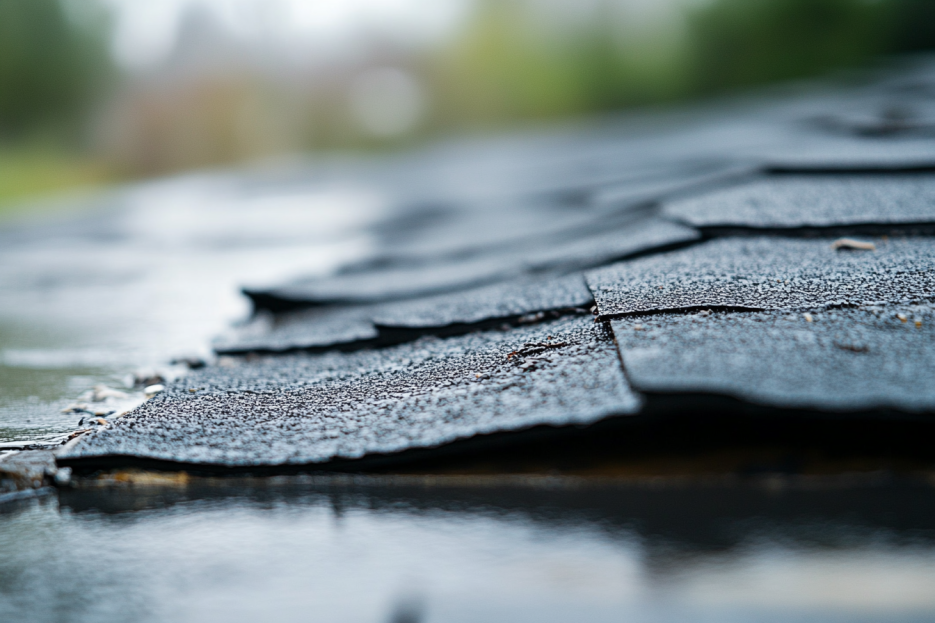
Ignoring Flashing Details
Flashing is the metal (or sometimes rubber) component that seals edges, valleys, vents, and chimneys—areas most vulnerable to leaks. We see many roofs compromised by improperly installed or deteriorating flashing.
Flashing Mistakes to Avoid:
- Reusing old flashing during roof replacement
- Installing step flashing incorrectly against walls
- Using roofing cement as a long-term flashing substitute
- Failing to seal fasteners and seams properly
Even the best shingles won’t protect your roof if the flashing is poorly handled. Flashing installation should be watertight, corrosion-resistant, and securely anchored.
Poor Roof Slope or Drainage Design
In Calgary’s climate, where snow and rain can accumulate quickly, roof slope and drainage are critical. A slope that’s too shallow can lead to ponding water, while gutters and downspouts that aren’t sized correctly will fail during heavy precipitation.
Signs of Drainage Issues:
- Water pooling after storms
- Ice dams at roof edges
- Premature shingle granule loss
- Sagging or soft roof decking
For flat and low-slope roofs, membrane systems must include proper pitch or built-in crickets to guide water to drains. Learn more about water management on buildings from Natural Resources Canada which outlines how moisture problems can significantly reduce a building’s life expectancy.
Overlooking Underlayment and Ice & Water Shield
Some roofers skip or inadequately install underlayment layers, which are crucial for protecting your home when shingles alone can’t handle wind-driven rain or ice backup.
Types of Underlayment:
- Synthetic or felt underlayment: Acts as a second moisture barrier
- Ice & water shield: Self-sealing membrane installed at eaves, valleys, and penetrations
Failing to install these properly can result in major water infiltration—even with brand-new shingles.
Not Addressing Roof Decking Damage
Before laying new shingles or membranes, contractors should inspect the roof decking (typically plywood or OSB). Unfortunately, many roofers install new materials over damaged or rotting decking, compromising the entire system.
Decking Red Flags:
- Soft spots or sagging
- Discoloration from moisture exposure
- Warped or delaminated boards
- Unsecured decking with improper fastener spacing
A high-quality contractor will remove old roofing, assess the deck, and replace damaged sections before beginning any installation.
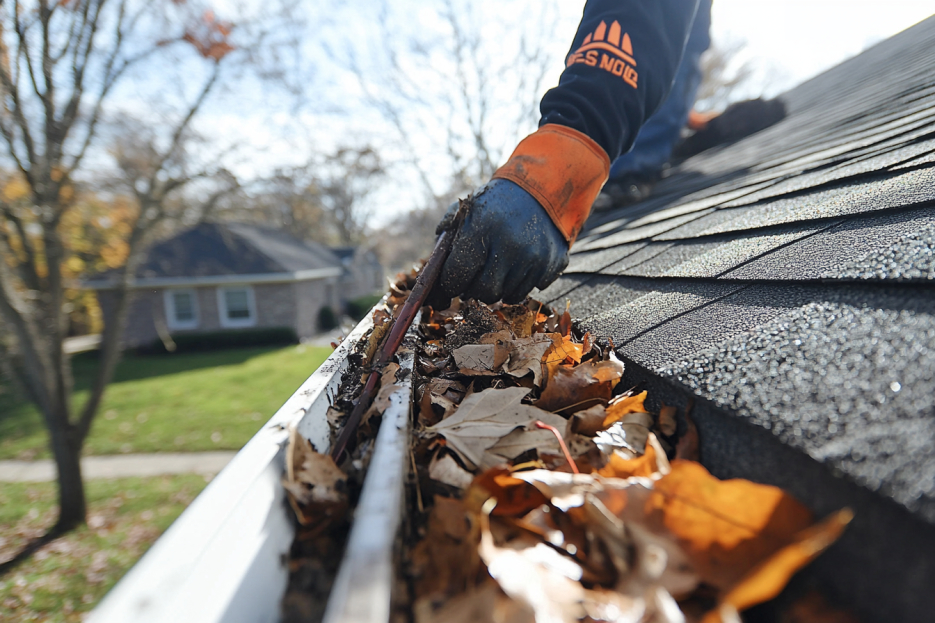
Choosing the Wrong Roofing Materials
Another common roofing mistake is selecting materials not suited for your building or local climate. In Calgary, hail, snow, and wind are constant threats—and not all materials offer equal performance.
Mismatched Material Examples:
- 3-tab shingles in a high-wind area
- Low-quality metal in an area prone to hail
- Flat roof membranes not rated for snow load
- Insufficient insulation beneath low-slope roofs
A contractor should help you choose a system that meets both code requirements and practical performance needs specific to southern Alberta.
Neglecting Roof Inspections and Maintenance
Even a well-installed roof needs periodic inspections. Many property owners wait until a roof leak appears—but by then, the damage has already been done. A good maintenance plan can prevent major issues.
What to Check During an Inspection:
- Missing or damaged shingles
- Loose flashing
- Clogged gutters or downspouts
- Mold or algae growth
- Exposed fasteners
Having your roof inspected once a year—especially after major storms—can help extend its life and maintain your warranty.
Hiring Unqualified or Unlicensed Contractors
Possibly the most damaging mistake is hiring a roofer who lacks the proper training, insurance, or credentials. While a lower price may seem attractive upfront, inexperienced roofers are more likely to cut corners or make costly errors.
Protect Yourself By Asking:
- Are you licensed and insured?
- Can you provide local references?
- What warranty do you offer on labor and materials?
- Are you certified by the manufacturers whose products you install?
At Mountaintop Roofing Inc., we’re proud to be fully licensed, insured, and experienced in a wide range of roofing systems—from asphalt shingles to metal and commercial membranes.
What This Means for Calgary Property Owners
Roofing systems in Calgary face some of Canada’s toughest weather conditions. Mistakes—whether during installation, material selection, or maintenance—can lead to major issues like interior leaks, structural rot, insulation failure, and energy loss.
Avoiding the common roofing mistakes we’ve outlined here is about more than preventing damage. It’s about investing in the longevity, performance, and safety of your property. Whether you own a home, office, or multi-unit building, roofing is not the place to cut corners.
Let’s Talk About Getting Your Roof Done Right
If you’re planning a roof replacement or have concerns about your current system, our team at Mountaintop Roofing Inc. is ready to help. With over 15 years of experience and a commitment to quality, we handle every project with the precision and care it deserves.
Get a free estimate now and discover the difference that attention to detail, honest communication, and expert craftsmanship can make for your next roofing project.

